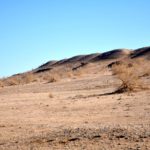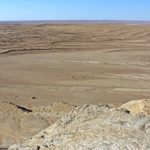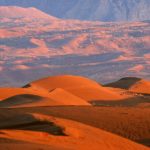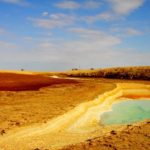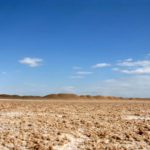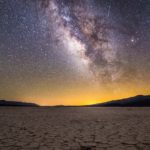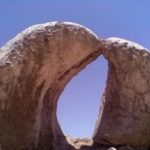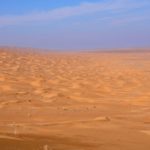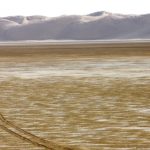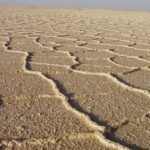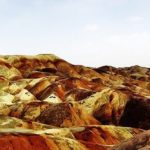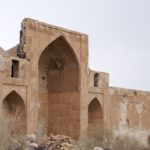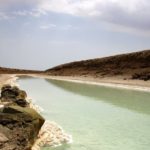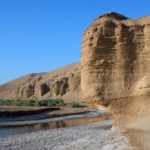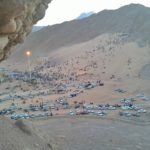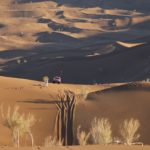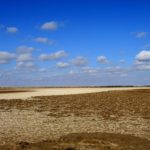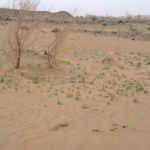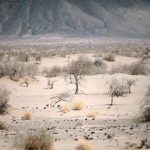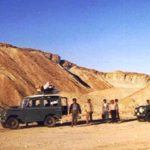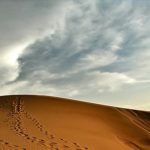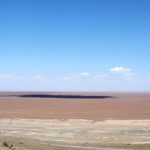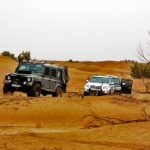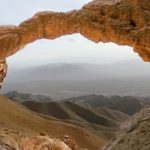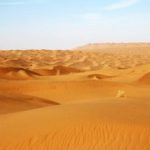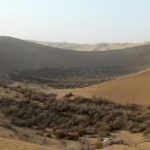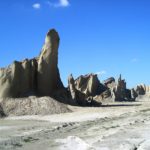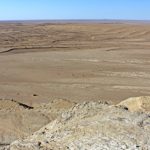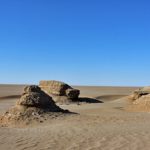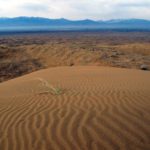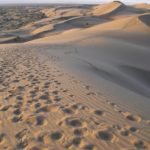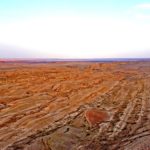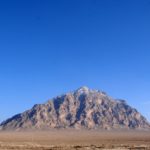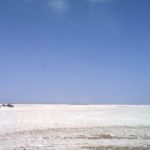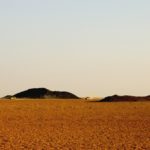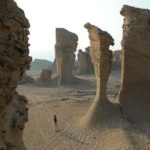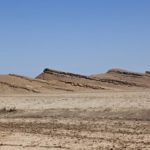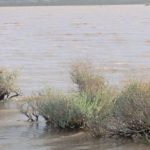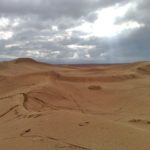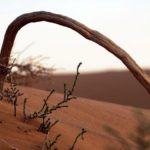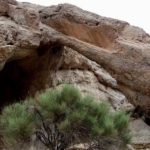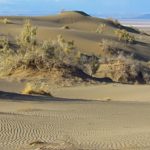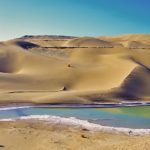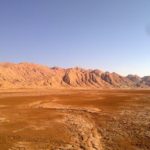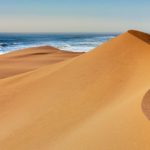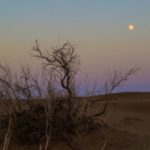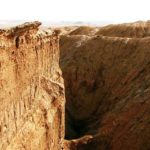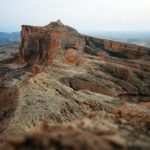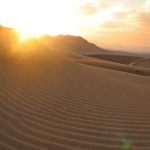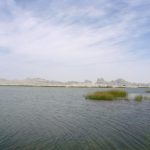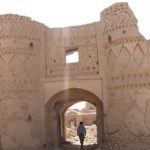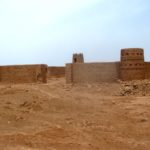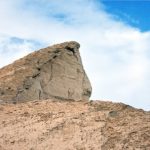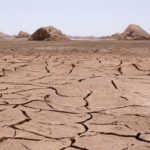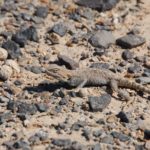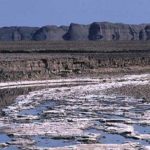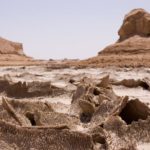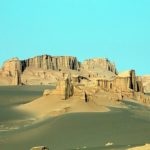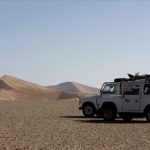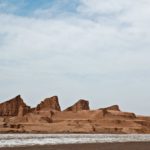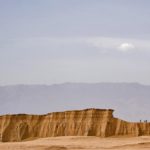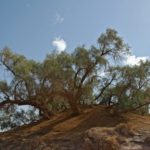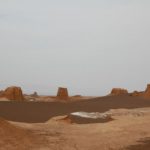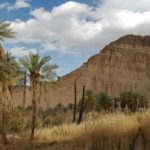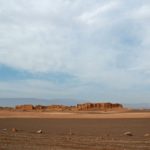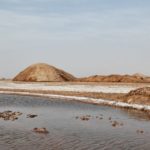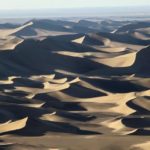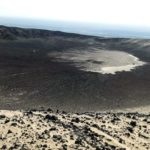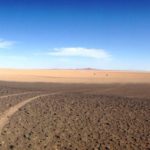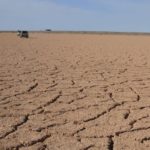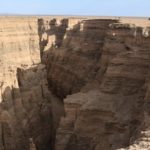Black Salt Desert or Salt Desert is located at N3343 E5530 to N3342 E5544 in Yazd and Isfahan province. At the northeast end of Isfahan province and north of Yazd province there is a large desert area through which the Khor-Tabas communication road crosses. The area has black explosive salts that are island-wide among the white salt platforms and are known as the desert floor. Explosive salts have spread across the salt lake and desert to the north of the desert plain. The existence of these salt-winning forms makes it very difficult to cross the salt field, so little is known about its central areas. The reason for the sharp and explosive forms of black salt known in the native dialect as the desert floor is as follows:
The heat infrared radiation that we feel from the sun or from a warm environment is the same as infrared radiation, or thermal energy. The white salt at the surface of the desert emits infrared rays of the sun. The best surface to absorb these rays is the black sludge of the substrates. These sludges are heated and expanded upon absorption. This expansion causes pressure on the surface layers that eventually breaks these layers and releases the black sludge from the subsurface to the desert surface. In fact, the shear and sharpening state of the black salt after drying on the desert surface is caused by the impact of raindrops with silty materials. By mixing the silty material with the black sludge, it gives the plates a somewhat darker and matte finish. Black salt is probably the oldest salt present in the central desert of Iran. But their true age is not clear. There is one such saltwater in Death Valley Valley, California, which is known as the Devils Golf Course and has been around for nearly 20,000 years. This salt field extends 50 km to the north and 150 km northeast to the Turan National Park, the largest saltation arena in the country.
Vegetation
This area is completely devoid of vegetation. Even halophyte and salty plants are not able to grow in this salt field.
Animal cover
Due to the lack of vegetation, the lack of fresh water resources in the area, the area lacks animal life. Of course, on the periphery of this area there may be more transient animal life and no wildlife in the area.


